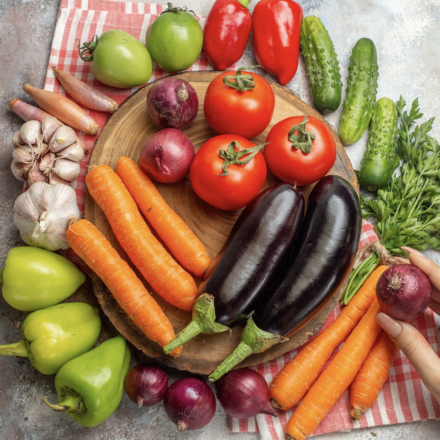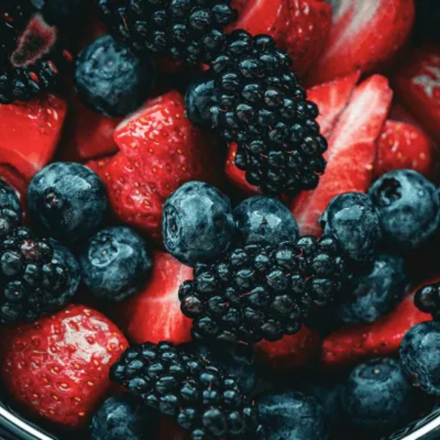Chia or Flax: Which Seeds Are Really Healthier
In the diets of many people, chia and flax seeds are quite popular. Both types of seeds are used as healthy food products for weight management. However, one type is actually more beneficial for the body.
In the diets of many people, chia and flax seeds are quite popular. Both types of seeds are used as healthy food products for weight management. However, one type is actually more beneficial for the body.
What’s in Chia and Flax Seeds
In fact, flax seeds and chia seeds contain a similar composition of vitamins and minerals, as well as comparable caloric content.
The key difference is the fat content—flax seeds have more. They also contain more plant-based omega-3 fatty acids. Chia seeds have 25% more fiber.
Nutrients in 30g of Chia Seeds:
Manganese - 30% of the daily value
Magnesium - 30% of the daily value
Phosphorus - 27%
Selenium - 22%
Calcium - 17%
Nutrients in 30g of Flax Seeds:
Manganese - 35%
Thiamine - 31%
Magnesium - 27%
Phosphorus - 18%
Copper - 17%
What’s the Difference
The key difference is in calcium content—chia seeds have almost three times more. They also have twice as much selenium.
Flax seeds contain five times more copper and two and a half times more thiamine.
Overall, flax and chia seeds can be considered alternatives to each other. The difference lies only in the type of fiber they contain and the resulting feeling of satiety they provide.
Side Effects
Approximately 2 tablespoons of chia seeds contain nearly 10g of fiber. While fiber is an important nutrient for gut health, a side effect of fiber can be gas and bloating.
Rarely, some people may experience allergic reactions to chia seeds, including skin rashes, itching, or difficulty breathing. Due to their effect on blood sugar levels and blood pressure, chia seeds may potentially interact with diabetes and blood pressure medications.
Flax seeds are contraindicated for children under 3 years of age. Caution is advised in the presence of gallstones due to their choleretic effect.



















